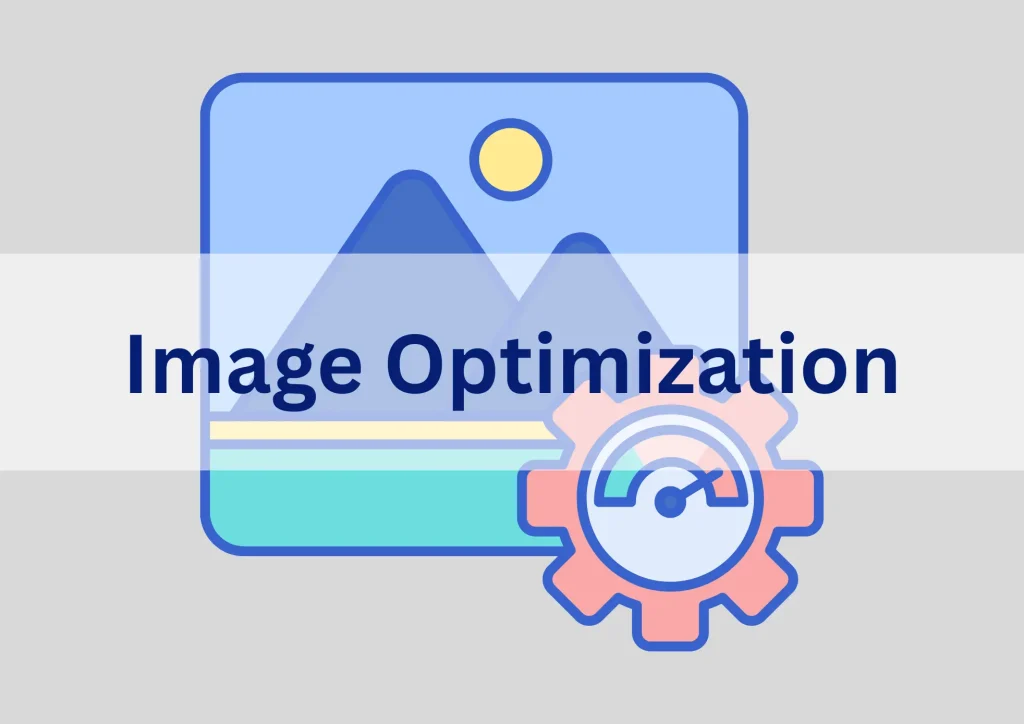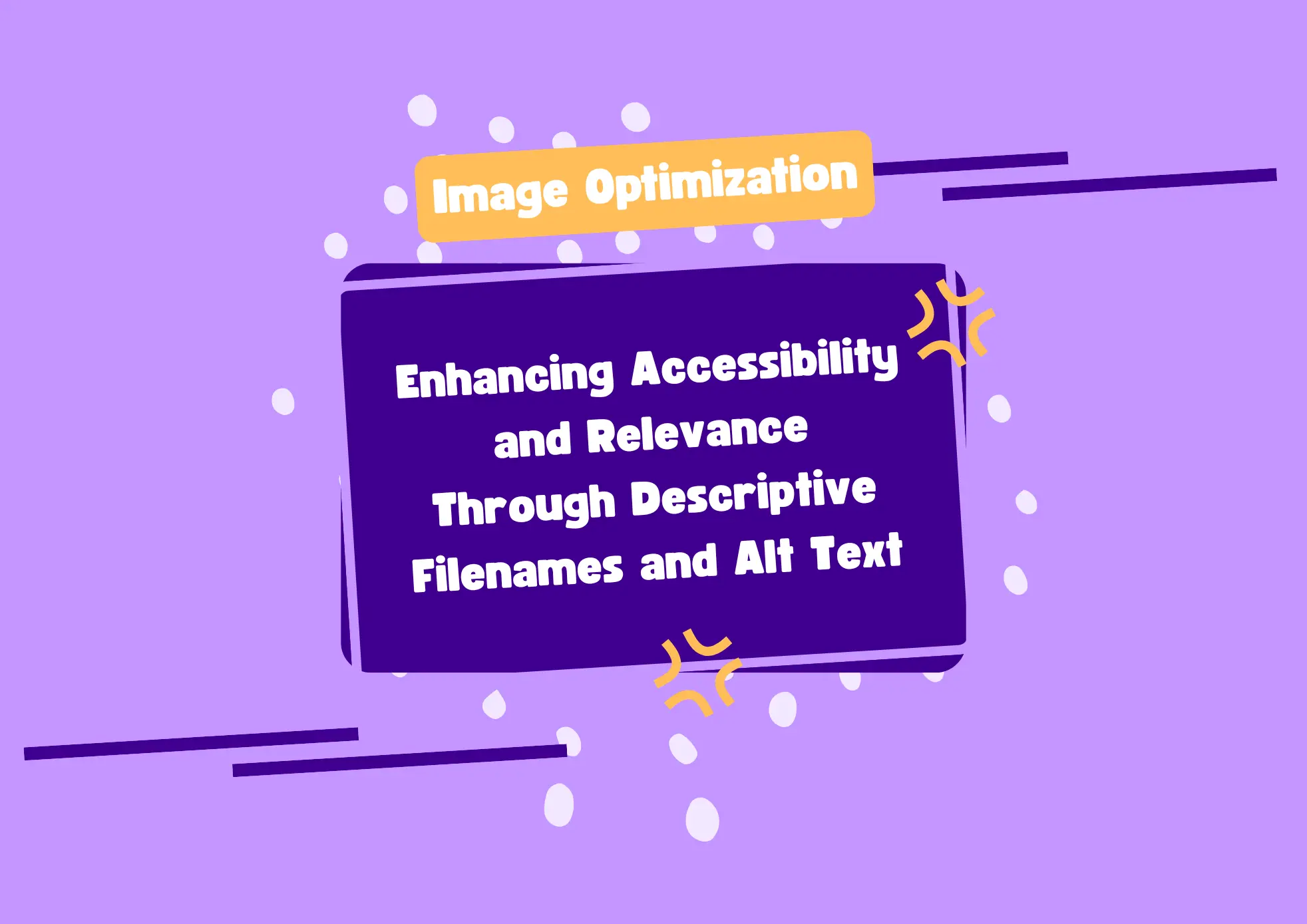
In the digital age, images play a pivotal role in enriching user experience and conveying information effectively. However, for images to be truly impactful, they must be both accessible to all users and contextually relevant. This is where image optimization comes into play, focusing on two critical aspects: descriptive filenames and alt text.
Descriptive Filenames: The First Step in Image Optimization
When you upload an image to your website, the filename serves as one of the first indicators to search engines about the content of that image. A well-crafted filename can significantly enhance your image’s visibility in search results.
Best Practices for Naming Image Files:
- Use Descriptive Keywords: Instead of generic names like
IMG1234.jpg, opt for filenames that describe the image content. For instance,golden-retriever-puppy.jpgprovides clear context. - Avoid Special Characters: Stick to letters, numbers, and hyphens. Refrain from using underscores, spaces, or special characters that might confuse search engines.
- Use Hyphens to Separate Words: Google recommends using hyphens (
-) rather than underscores (_) to separate words in filenames. For example,red-wedding-dress.jpgis preferable overred_wedding_dress.jpg. - Keep It Concise and Relevant: While it’s essential to be descriptive, ensure the filename isn’t overly lengthy. A concise, relevant filename is more effective and user-friendly.
By adhering to these practices, you not only aid search engines in indexing your images correctly but also improve the overall SEO of your website.
Alt Text: Making Images Accessible and Contextually Relevant
Alt text (alternative text) serves a dual purpose: it provides a description of the image for users who cannot view it and offers search engines context about the image’s content.
Best Practices for Writing Alt Text:
- Be Descriptive and Specific: Clearly describe the image content. Instead of vague descriptions like “image,” provide detailed context, such as “a golden retriever puppy playing with a red ball.”
- Incorporate Relevant Keywords: Including relevant keywords can improve SEO. However, avoid keyword stuffing; the alt text should read naturally.
- Keep It Concise: Aim for alt text that is informative yet succinct. Overly long descriptions can be counterproductive.
- Avoid Redundancy: There’s no need to start alt text with “image of” or “picture of.” Screen readers already announce that it’s an image.
- Consider Context: Ensure the alt text aligns with the surrounding content on the page, providing additional context where necessary.
Implementing descriptive alt text not only enhances SEO but also ensures your website is accessible to users with disabilities, aligning with web accessibility standards.
The Importance of Image Optimization
Optimizing images through descriptive filenames and alt text offers several benefits:
- Improved SEO: Search engines can index and rank your images more effectively, leading to better visibility in search results.
- Enhanced Accessibility: Users with visual impairments can understand the content of images through screen readers, promoting inclusivity.
- Better User Experience: Well-optimized images load faster and provide relevant content, improving overall site performance.
By focusing on these aspects of image optimization, you ensure that your website is both user-friendly and search-engine-friendly, ultimately driving more traffic and engagement.
For more detailed guidelines on image optimization, refer to Google’s Search Central documentation on Image SEO Best Practices.



